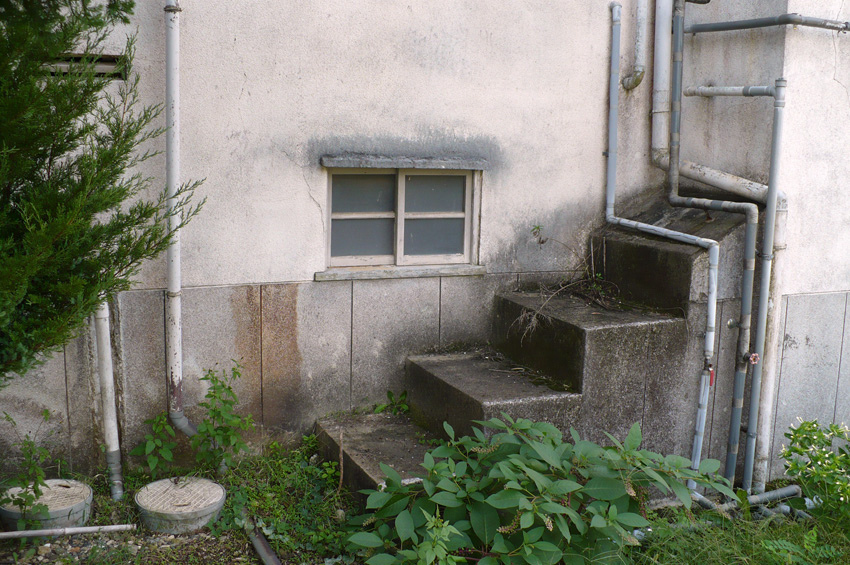I capitalised it in the title because of its etymology, and for emphasis. I think I would use lower case in regular usage.
More examples:
https://www.messynessychic.com/2017/01/18/the-inexplicably-fascinating-secret-world-of-thomassons/
https://kyotojournal.org/kyoto-notebook/kyoto-tomason-the-hunt-for-hidden-hyperart/
https://www.amusingplanet.com/2017/04/thomasson-architectural-relics-that.html
https://commons.wikimedia.org/wiki/Category:Hyperart_Thomasson



Is that a regional thing? In my part of Europe virtually 60-70+ year old house comes standard with it. But the fact that English lacks a word for “soupirail” (or that Wikipedia only has a page in French and Dutch) leads me to believe it might not be a very widespread practice outside of Western Europe.
It often gets repurposed as an air vent, for general ventilation and/or as a clothes dryer exhaust. I rarely see them permanently blocked out.
I’ve heard it referred to as a “coal chute”. They were probably common in quite a few regions in the US. North/Midwest and North East if I had to guess. Those are areas with lots of houses that were built in the late 1800’s - early 1900’s when central heating was really becoming commonplace. Houses would have typically had a basement and the town would have needed rail access to supply the sheer volume of coal needed.
I think oil became a more common fuel source after WWII because it was cheaper and easier to handle. Lots of the same houses with those little doors also have a small hole that someone cut in the middle of the basement stairs so they could fill the oil tank that was installed under the stairs. Gravity furnaces were not very efficient but they were easy to convert to oil burning.